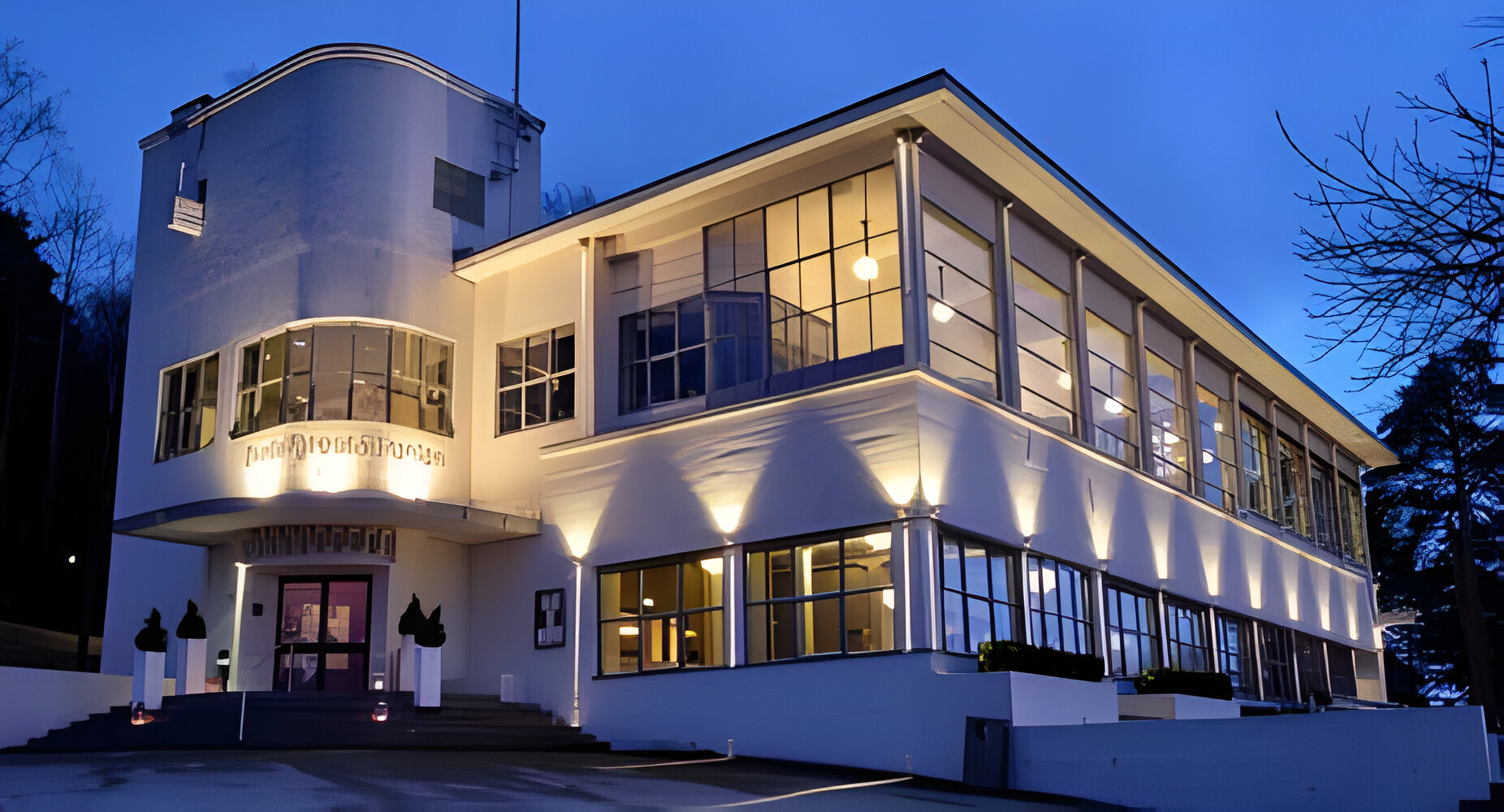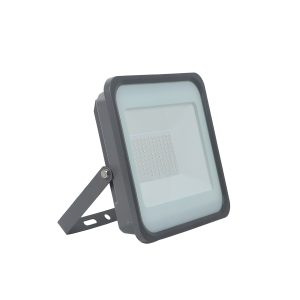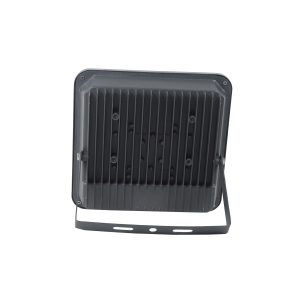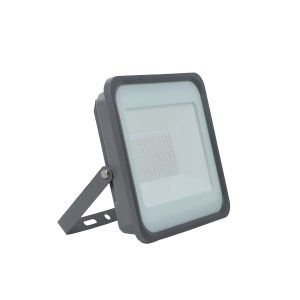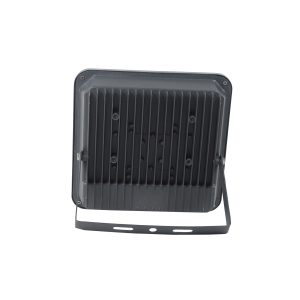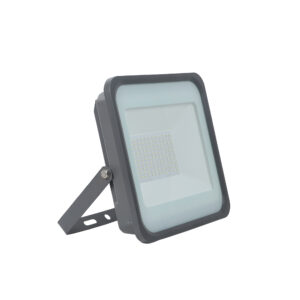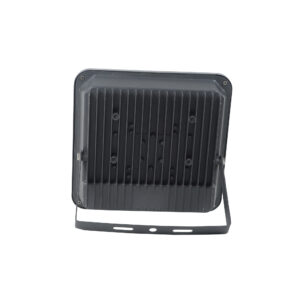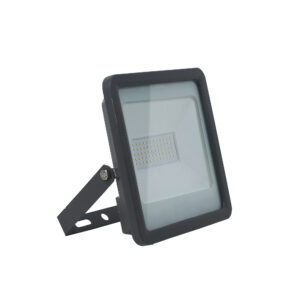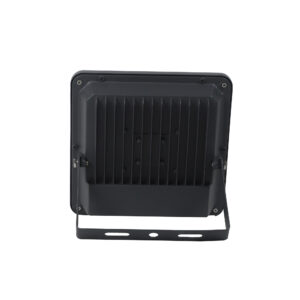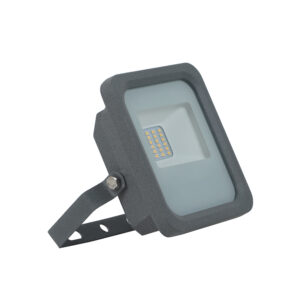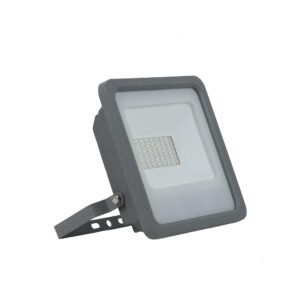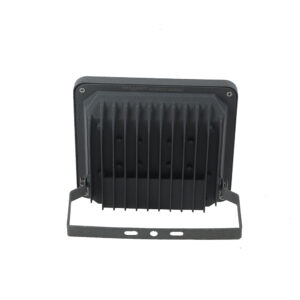When it comes to buildings, first impressions matter. Whether it’s a residential home, a commercial establishment, or a historical landmark, the facade of a building speaks volumes. It’s the first thing people see and often sets the tone for what lies within. Facade lighting, particularly using flood lights, is an incredible way to ensure that your building makes a memorable and impactful first impression. This article explores why facade lighting is crucial, how floodlights excel in this application, and the myriad of aesthetic and practical benefits they offer.
Enhances Architectural Features
If you strategically place lights to highlight certain features—such as textured walls, ornate mouldings, or grand entryways—facade lighting can accentuate the unique characteristics of a building’s architecture. It adds depth and dimension, making the structure stand out in its environment.
Beyond aesthetics, facade lighting plays a vital role in enhancing safety and security. Well-lit exteriors deter unwanted visitors and provide a sense of safety for occupants and visitors alike. Proper lighting along walkways, entrances, and exits helps prevent accidents and ensures that people can move safely around the building after dark.
Why Flood Lights are a Versatile Option
When it comes to facade lighting, floodlights are often the go-to choice. Their versatility and power make them ideal for a wide range of applications. Here’s why flood lights are particularly effective for illuminating facades:
- Broad and Powerful Illumination
Flood lights are designed to cast a wide beam of light, making them perfect for covering large areas of a building’s facade. Whether you want to highlight a sprawling mansion or a towering office building, floodlights can provide the necessary illumination. Their powerful output ensures that the building stands out even from a distance.
For businesses, facade lighting is an essential tool for building brand identity. A well-lit facade can convey professionalism, creativity, or hospitality, depending on the business’s core values. It also helps the establishment stand out in busy urban landscapes, drawing in potential customers and leaving a lasting impression.
- Flexible and Adaptable
Modern floodlights come in various types, including LED, halogen, and solar-powered options. This flexibility can give you varied options to choose from the most suitable type based on your needs and preferences. LED flood lights, for instance, are energy-efficient and offer a range of colour temperatures, while solar-powered options are eco-friendly and reduce electricity costs.
- Ease of Installation and Adjustment
Flood lights are relatively easy to install and adjust. They can be mounted on the ground, walls, or poles, providing numerous placement options to achieve the desired lighting effect. Additionally, many flood lights come with adjustable heads, allowing for precise control over the direction and angle of the light beam.
Aesthetic Benefits
- Highlighting Key Features: Flood lights are perfect for accentuating specific architectural elements of a building. Whether it’s the intricate carvings on a historic building or the sleek lines of a modern structure, well-placed floodlights can draw attention to these details.
- Creating Dramatic Effects: By playing with light and shadow, flood lights can create dramatic visual effects. Uplighting can make a building appear taller and more imposing, while downlighting can soften its appearance and add a touch of elegance.
- Customisable Ambiance: Modern flood lights often come with features like dimming and colour-changing capabilities. With this, you can tailor the lighting to the occasion or season, from festive colours during holidays to soft, warm hues for a welcoming ambience.
Practical Benefits
- Improved Security: Flood lights greatly enhance the security of a property. These usually flood the area as the name suggests and cover large spaces, leaving fewer dark spots where intruders could hide. Now, there are motion-sensor floodlights that add an extra layer of security by activating when movement is detected.
- Energy Efficiency: With advancements in LED technology, floodlights are now more energy-efficient than ever. They consume less power while providing brighter and longer-lasting illumination compared to traditional lighting options, leading to cost savings on energy bills.
- Durability and Low Maintenance: Designed to withstand the elements, flood lights are built to be durable and long-lasting. LED flood lights, in particular, have a longer lifespan and require minimal maintenance, making them a cost-effective lighting solution in the long run.
Placement Strategies for Optimal Security Lighting
When it comes to security, the placement of floodlights can make all the difference. Here’s how to strategically position your outdoor flood lights to maximize safety and deter potential intruders:
- Cover All Entry Points : Ensure that all potential entry points to your property like the doors, windows, and gates are well-lit. Place floodlights above or near these areas to eliminate shadows where intruders could hide. Waterproof outdoor LED flood lights are ideal for this purpose as they provide bright, consistent lighting regardless of weather conditions.
- Illuminate Pathways and Walkways : Floodlights should also be used to light up pathways, driveways, and walkways. This not only enhances security but also prevents accidents by ensuring that visitors can see where they are going. Solar flood lights are a great choice for pathway lighting as they are easy to install without the need for extensive wiring.
- Use Motion Sensors for Dynamic Security : Incorporate motion-sensor floodlights to add an extra layer of security. These lights turn on automatically when they detect movement, startling potential intruders and drawing attention to their presence. Motion-activated LED floodlights are particularly effective as they provide immediate, bright illumination.
- Balance Light Distribution : Avoid creating overly bright areas next to dark spots, which can create harsh contrasts and reduce overall visibility. Aim for a balanced distribution of light across your property to ensure there are no blind spots. This can be achieved by positioning flood lights at various angles and heights.
Comparing Energy Consumption and Costs of Different Flood Light Types
Flood lights come in various types, each with its own energy consumption profile and cost implications. Here’s a comparison to help you choose the most suitable option for your needs:
- Halogen Flood Lights : Halogen flood lights are known for their bright, white light and relatively low upfront cost. However, they are less energy-efficient compared to other types, consuming more power and generating more heat. This can lead to higher electricity bills and a shorter lifespan.
- LED Flood Lights : LED flood lights are the most energy-efficient option available today. They use significantly less power than halogen lights and have a longer lifespan, making them a cost-effective choice in the long run. LED floodlights also come in various colour temperatures and intensities, offering greater flexibility for both aesthetic and functional lighting needs.
- Solar Flood Lights : Solar floodlights harness energy from the sun, making them an eco-friendly and cost-efficient option. While the initial cost might be higher due to the solar panel and battery components, they have minimal operating costs since they do not rely on electricity. Solar floodlights are ideal for areas with good sunlight exposure and where wiring might be challenging.
- High-Intensity Discharge (HID) Flood Lights : HID flood lights, including metal halide and sodium vapour types, are powerful and used for large-scale outdoor lighting. They are more energy-efficient than halogen lights but less so than LEDs. They also take longer to warm up and can have higher maintenance costs due to their complex components.
How To Choose Flood Light Fixtures That Complement Your Building’s Architecture?
When selecting flood light fixtures, consider the architectural style and materials of your building. The goal is to enhance, not overpower, the existing design elements.
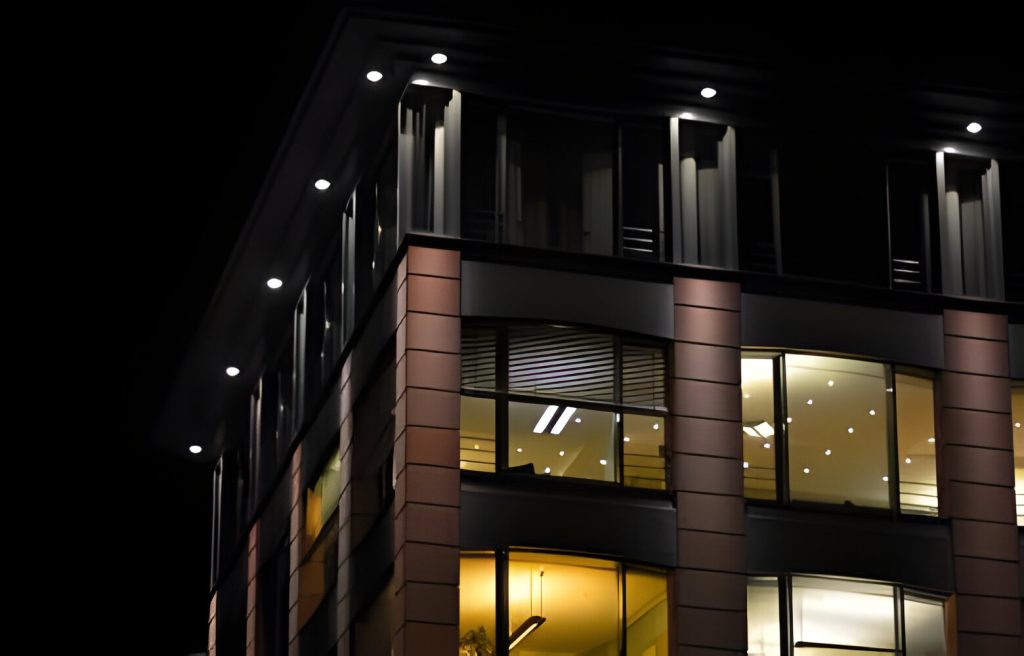
Modern and Minimalist Designs
For buildings with a modern or minimalist aesthetic, opt for sleek, streamlined fixtures. LED floodlights with simple geometric shapes and clean lines complement the understated elegance of contemporary architecture. Waterproof outdoor LED flood lights are particularly suited for this style, as they can be discreetly mounted and provide powerful, yet subtle illumination that doesn’t detract from the building’s form.
Traditional and Classic Structures
Traditional and classic buildings, such as Victorian homes or colonial-style facades, benefit from fixtures with more ornate detailing. Look for flood lights with decorative housings that mimic the period’s style. Bronze or black finishes often work well with the rich, historic tones of classic architecture. Consider using LED floodlights with warmer colour temperatures to create a welcoming, timeless ambience.
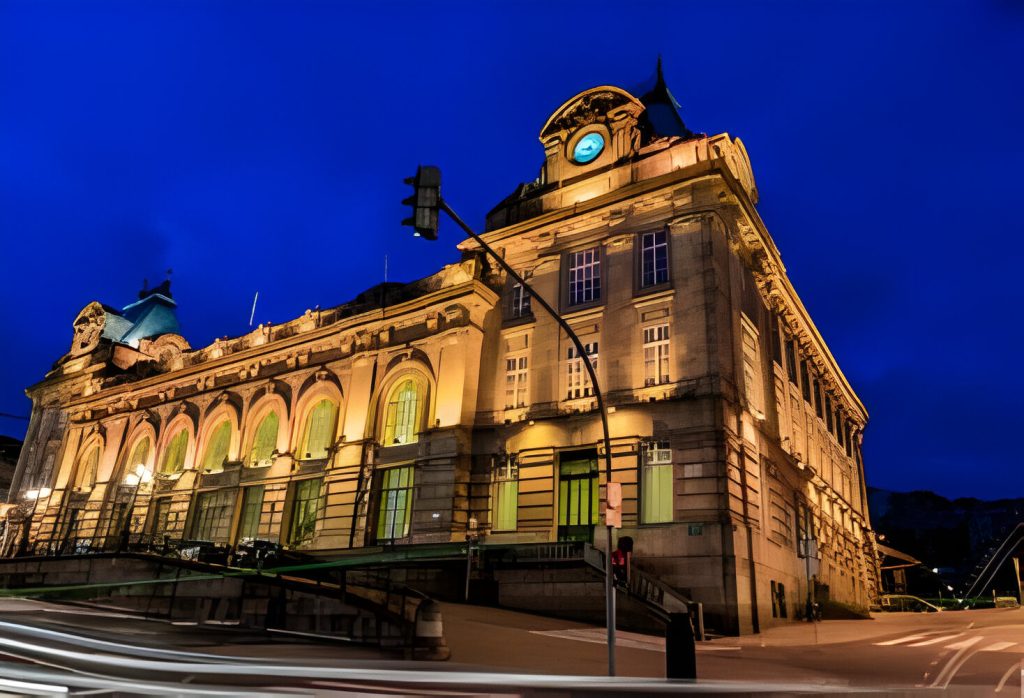
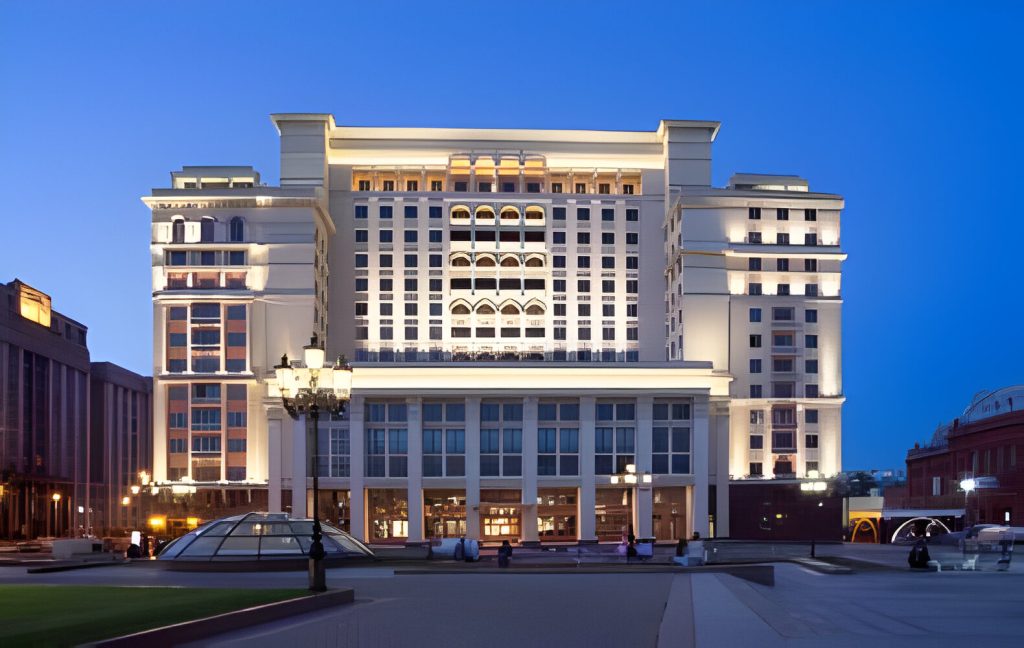
Industrial and Urban Buildings
For industrial or urban architecture, rugged and robust flood lights with an industrial look are ideal. Fixtures made of metal with exposed bolts or hardware can complement the raw, utilitarian aesthetic of such buildings. Solar flood lights with a more rugged design can be a great choice for adding sustainable lighting to urban environments.
Rustic and Natural Structures
The ideal addition to rustic structures, such as log cabins or stone cottages, is best complemented by floodlights that enhance their natural charm. Choose fixtures with earthy finishes like copper or weathered steel, and consider using solar flood lights to integrate an eco-friendly element that aligns with the rustic, nature-inspired theme.
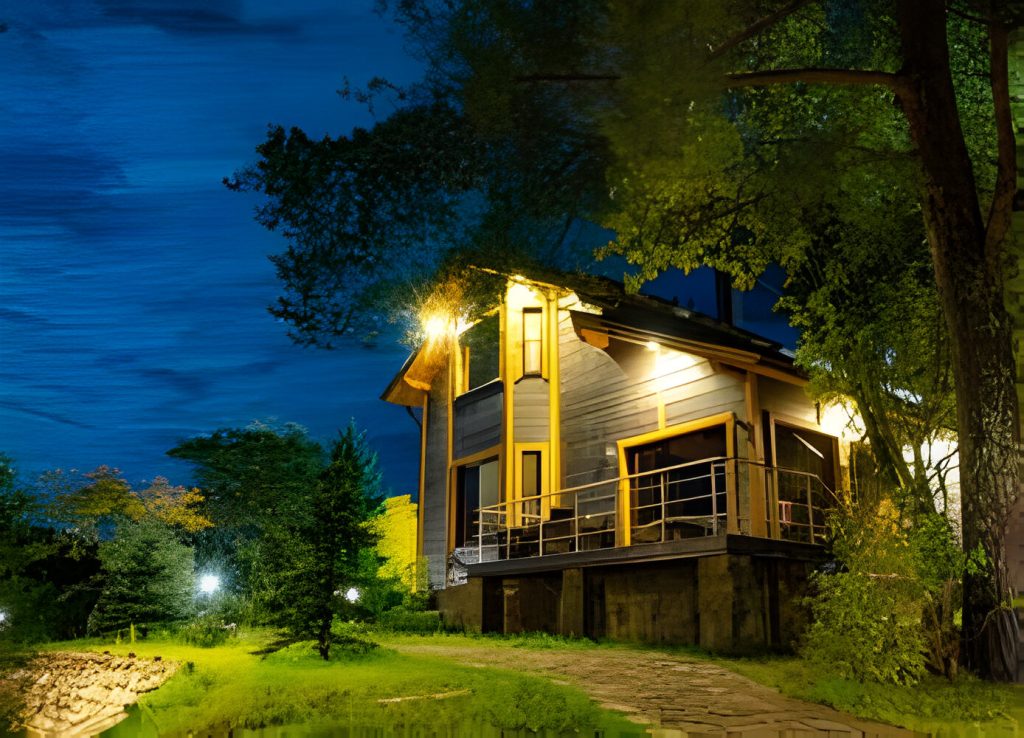
Guide To Fixture Styles And Their Aesthetic Impact
- Bullet Flood Lights : Bullet flood lights have a narrow, focused beam and are perfect for highlighting specific architectural features or landscaping elements. Their compact size and adjustable heads make them versatile for various applications. Use bullet lights to draw attention to textures, entryways, or signage without overwhelming the overall facade lighting.
- Wall Pack Lights : Wall pack lights are larger fixtures designed to mount directly onto walls, providing broad and powerful illumination. They are excellent for lighting large areas and are often used in commercial settings. When choosing wall pack lights, ensure they blend with the building’s materials and colours to maintain a cohesive look.
- Up/Down Lights : Up/downlights are perfect for creating dramatic vertical lighting effects. These fixtures are mounted on walls and project light both upwards and downwards, emphasizing the height and structure of the building. They work well on columns, tall facades, or any feature you wish to accentuate with light.
- Flood Beams : Flood beam lights offer a wide, diffused beam spread, making them ideal for covering large areas uniformly. They are best used for general facade lighting or illuminating large expanses like driveways or courtyards. Choose flood beams that match the colour and finish of your building to avoid visual dissonance.
First impressions are everything, and your building’s exterior is no exception. With the right flood lights, you can turn your own home or business into that dazzling night-time gem everyone admires.
Excited to shop? Head over to Light Kart, where you can choose from our wide selection of floodlights and lighting fixtures designed to meet every taste and requirement.

